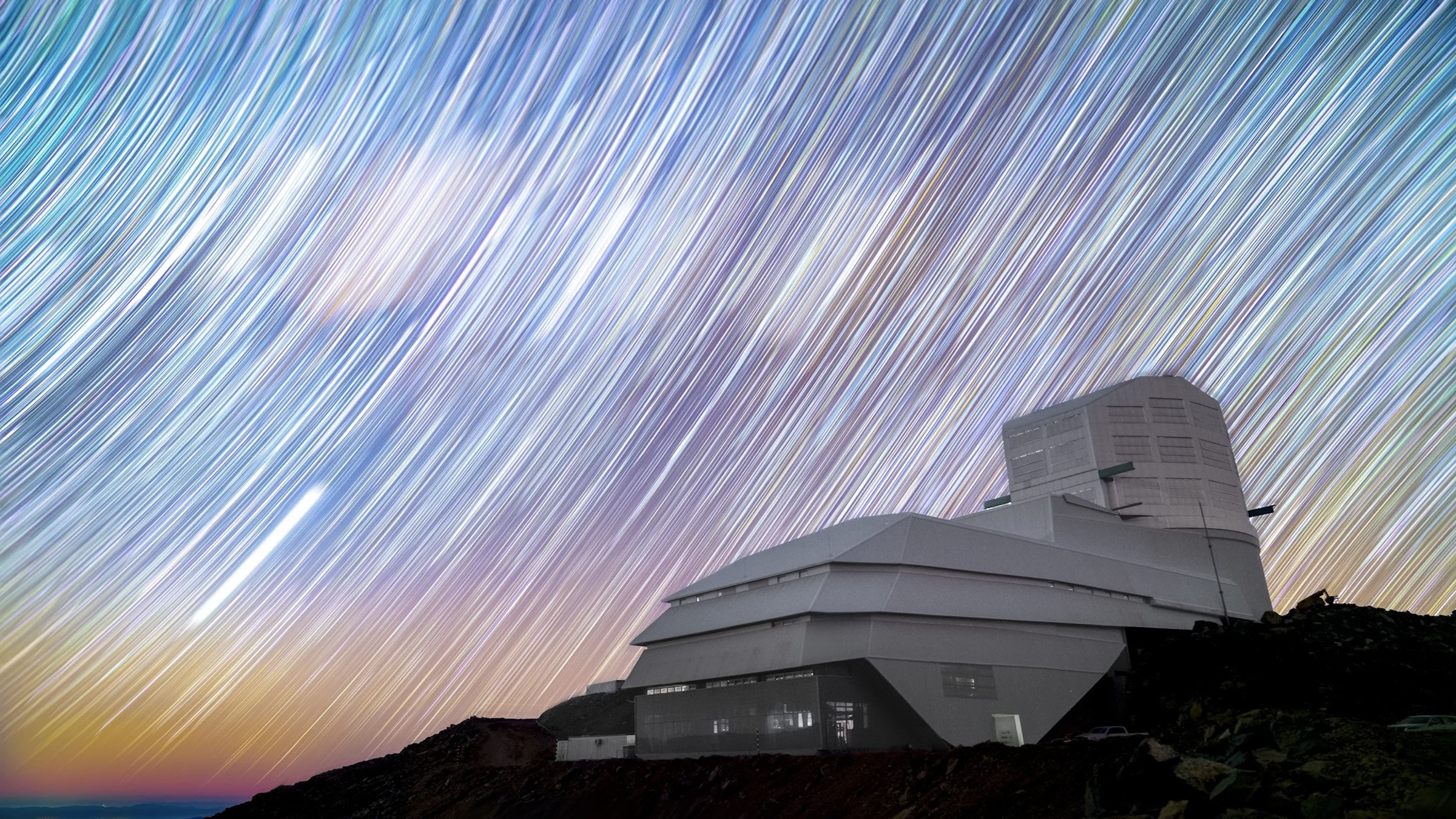
Vera C. Rubin debut images: How to see the groundbreaking space photos from the world’s largest camera
How did your country report this? Share your view in the comments.
Diverging Reports Breakdown
Vera C. Rubin debut images: How to see the groundbreaking space photos from the world’s largest camera
The new Vera C. Rubin Observatory is set to release its debut images on Monday (Jun. 23) The world-first images and videos will be ultra-high-definition and will show off the observatory’s cutting-edge capabilities for the first time. A news conference will be streaming on YouTube in English and Spanish at 11:00 a.m. EDT on Monday. Groups will gather across the globe in planetariums and universities to admire the highly detailed images as they are released. The observatory has shared links to a map of all registered watch parties, as well as a link to sign up to become a host.
Here’s what you need to know.
How to tune in
If you want to watch from home, a news conference will be streaming on YouTube in English and Spanish at 11:00 a.m. EDT on Monday. The link to watch is posted on the observatory’s website , and is also embedded here.
First Images from NSF–DOE Vera C. Rubin Observatory | #RubinFirstLook – YouTube Watch On
If you’d prefer to bask in the awe of the cosmos with friends, you may be able to attend a watch party near you — or even host one of your own. Groups will gather across the globe in planetariums and universities to admire the highly detailed images and videos as they are released. The observatory has shared links to a map of all registered watch parties, as well as a link to sign up to become a host.
During the news conference, the observatory team will introduce the Rubin Observatory before showcasing the new images and discussing their significance. Watch parties may also hear from local scientists and special guests. Be sure to check out the details of a watch party before you attend to learn about any extra programming.
The Rubin Observatory
The observatory, perched high on a mountain in the Chilean Andes, will peer at interstellar comets and dangerous asteroids , as well as larger objects, like twisting galaxies and exploding supernovas .
Related: ‘People thought this couldn’t be done’: Scientists observe light of ‘cosmic dawn’ with a telescope on Earth for the first time ever
Sign up for the Live Science daily newsletter now Get the world’s most fascinating discoveries delivered straight to your inbox. Contact me with news and offers from other Future brands Receive email from us on behalf of our trusted partners or sponsors
Inside Rubin lies the world’s largest digital camera and six of the largest optical filters ever produced. Together, they allow researchers to observe different facets of the universe in many wavelengths of light and remarkably high detail.
The camera will take a new high-resolution photo of the sky around every 40 seconds. The images will then be transmitted via fiber optic cables to a supercomputer in California, which will analyze the photos. When stitched together, the images can act as a time-lapse video of space, one that is planned to span 10 years.
Using its groundbreaking instruments, the observatory is expected to contribute to current understanding of widely debated phenomena, including dark energy and dark matter — two components that are thought to make up a vast majority of the universe, but remain poorly understood.
The new images could be the first of many that vastly improve our understanding of the cosmos. Whether you join a watch party or tune in from the comfort of your couch, these photos are not to be missed.
